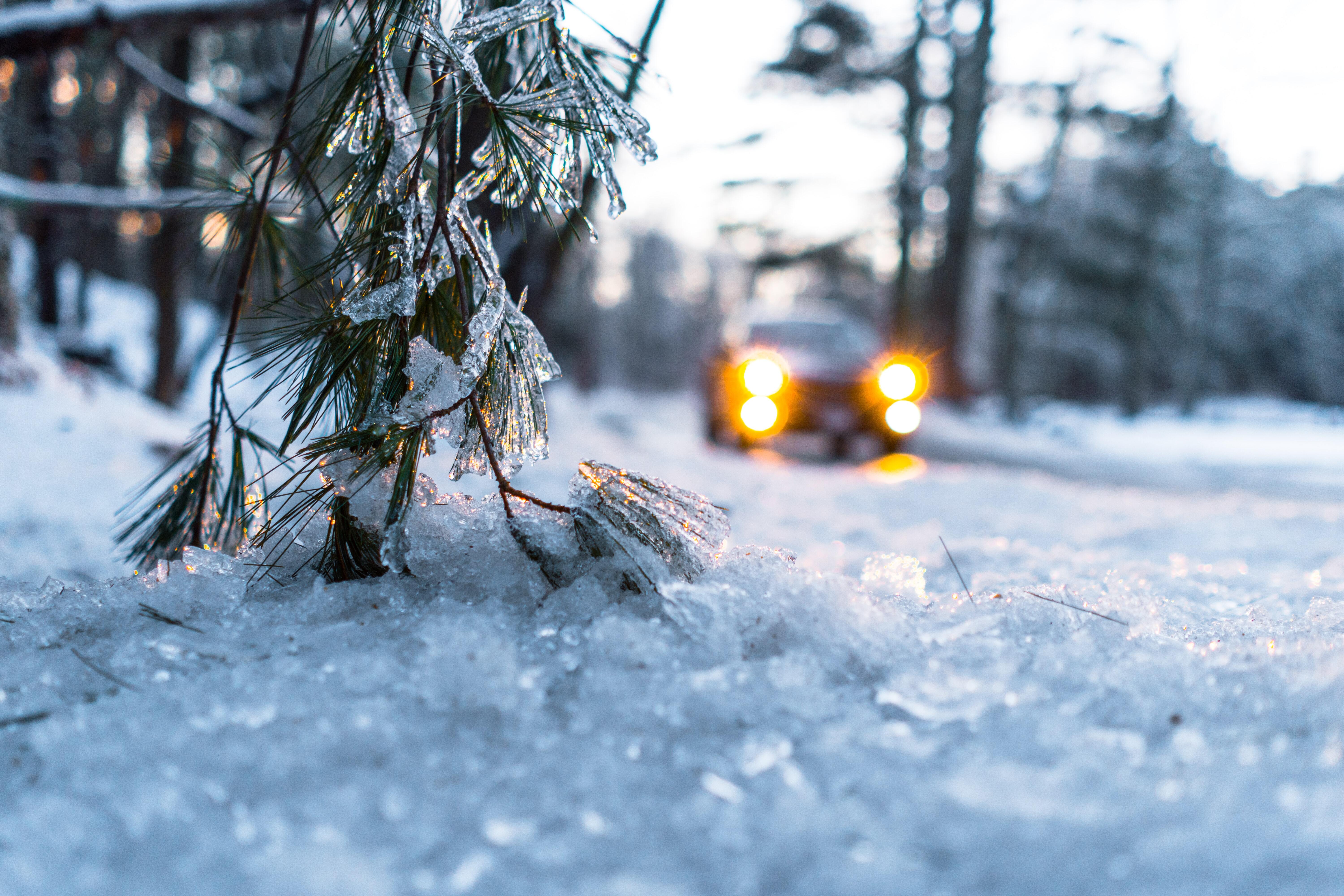The best tips for safe driving in snow and ice
7 tips to drive safely on snow and ice roads!

The excursions in nature do not stop even in winter! Many popular winter destinations are flooded with excursionists, especially when the visit involves endless playing in the snow - something that is especially loved by young and old alike. However, driving in snowy conditions can be fraught with danger, despite the beautiful scenery that can be found along the way.
To ensure that our commute in the snow is free of any unexpected incidents, we need to be fully prepared, especially if we are driving a small or medium sized polo car. Of course, the most important thing to have planned for is to have anti-skid chains or snow pads with us so that we can move efficiently on the snow. The choice between chains or snow blankets lies purely in the driver's preference, as both are extremely effective and safe. However, tyre protection - although the most important thing - is not the only thing to consider when driving on snowy or icy roads. Let's take a look below at some tips to keep in mind for safe driving in snow or ice.

Preparing the car properly
Snow and ice is an extreme and special driving condition and to avoid any unforeseen event during our journey, we need to ensure that our vehicle is well maintained. So, the points that we should make sure that they are fully functional are:
- The battery. We should check that the battery of our car is fully charged.
- The car's fluids. To ensure that the car's engine does not "give us away" during our excursion in the snow, we should check the engine fluids and if there is a shortage, top up the necessary amount.
- Tyres. In many cases, the tires of our vehicle are not suitable for driving on snow and ice. We should remember that the greater the tread depth on the tires, the better the control on the road. Finally, for driving in mountainous areas, it is advisable to have winter tyres, which are designed for improved grip and braking in winter conditions.
- The windows. One place that should always be kept clean is the car windows, so that we have the best possible visibility. To clean the windows, remove the snow from the windscreen with a "scraper" and never use hot or boiling water, as there is a risk of breaking them. We should also pay particular attention to the wipers, as they should be in good condition. Finally, fill the can of liquid for the windows with antifreeze.
Reducing speed
Driving in snowy conditions is particularly demanding, so you need to take into account the speed at which you are travelling. The ground is quite slippery in snow or ice conditions, so there is a risk of "running off the road". We must therefore be very careful and drive with a constant reduction in speed, depending on the difficulty of the road we are driving on. In fact, it is often advisable to drive well below the recommended speed limit in order to be safe throughout the journey.
We turn on the fog lights
When driving on a snowy road, especially during the snowfall, it is important to ensure the best possible visibility, both of the road we are driving on and to make ourselves visible to other drivers. The best solution in this situation is to have the fog lights on, alone or together with the crossing lights, for the entire duration of the journey.
We constantly check the road for ice spots
After the snowfall and especially after the snow has melted, we should be particularly careful when driving, as the road can become very slippery from ice patches left on it. Another phenomenon to bear in mind is that of 'black ice': this is water that has frozen and is the colour of the road surface, creating in fact a very thin 'film' which has all the properties of ice and, while the road looks dry, is quite slippery. Finally, care should be taken when crossing roads that pass under bridges and/or overpasses, as it has been observed that these are places that constantly catch ice.
We do not move on fraudulent roads
In extremely adverse weather conditions, it is advisable to avoid following roads and paths that have not been adequately cleared by snowplows or are still "inaccessible" to other vehicles, as there is a high probability of getting stuck in the snow.
We are preparing a survival kit
If we plan to travel in snowy conditions, it is good to be prepared for every eventuality. Thus, it is recommended to have prepared a survival kit, which includes all the essentials: bottled water, packed snacks such as cereal bars, blankets, gloves and of course a car pharmacy, which should be fully equipped.
Avoid unnecessary travel
Of course, in cases of severe weather, the safest thing to do is to limit or avoid unnecessary travel.
However, if you want to move fearlessly and with ease, in any weather condition, visit FlexCar and find the SUV that will take you everywhere!
Have a good trip!

